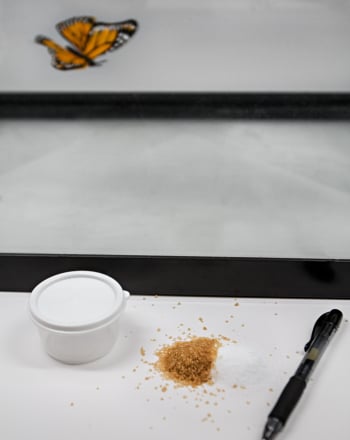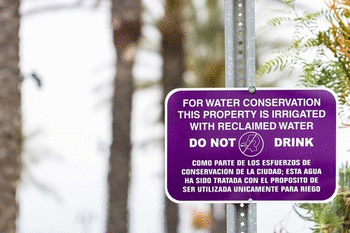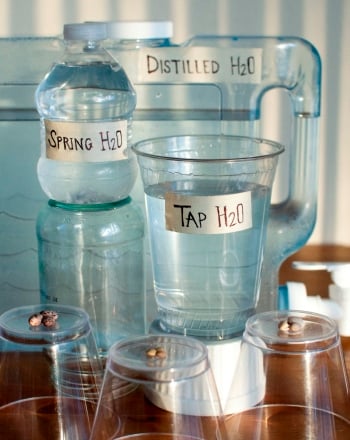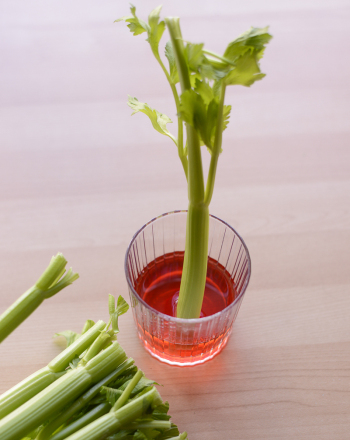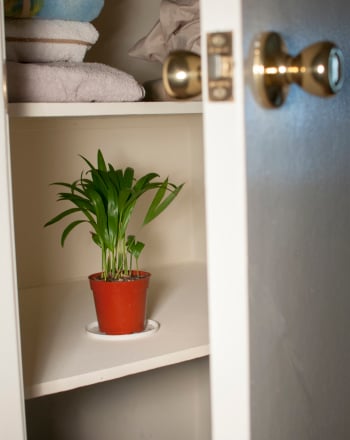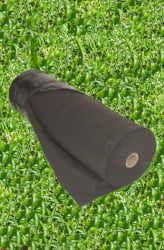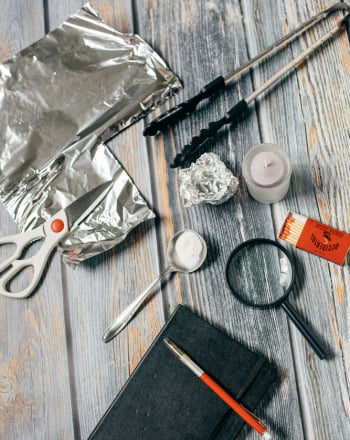Activity
Water the Plants! Add Sugar? Would Adding Sugar to the Water Increase the Growth of Plants?
Grade Level: 6th - 8th; Type: Biology
Objective:
To determine if adding sugar to the water would increase the growth of plants?
Questions for Background Research:
- What gives green plants their green color?
- How do green plants obtain their food?
- What is photosynthesis?
- What is chlorophyll?
- Are all sugars the same?
- How do plants store sugar?
- What are some of the methods being used to increase plant growth?
- What is a control in an experiment?
- Of what value is a control in this experiment?
On the information level, this experiment serves to acquaint students with basic information on the basic processes of the growth of green plants. Plants produce their own food by the process known as photosynthesis. The word photo synthesis when broken down into its component syllables yields photo meaning light and synthesis meaning putting together and thereby informs us that plants require light in order to produce their own food. Plants trap the sunlight and produce carbohydrates (sugars and starches) which in turn are converted into energy. It would seem logical to assume that were we to add sugar such as glucose to the water which plants require , we would increase the growth of the plant . Logical, yes? Will it work? Let us find out!
This science fair experiment also serves to acquaint students with the essential processes of sciencing such as the importance of the use of a control, of identifying dependent and independent variables, of data collection, of pictorial and or graphic presentation of data and of being able to make better judgments as to the validity and reliability of their findings. They take on the role of scientists and in the process they learn to act as one.
Materials:
- six geranium plants of approximately the same size
- sugar
- water
- a beaker
- a graduated cylinder
- a table spoon
- a metric ruler
- paper towels
- a camera (if you wish to take photos of the procedure and the results).
- These are all readily available from the local gardener, Home Depot or Wal-Mart’s.
Experimental Procedure:
- Gather all the materials you will need for this project. These include six geranium plants of approximately the same size, sugar, water, a beaker, a graduated cylinder, a tablespoon , a pen, labels, tape, paper towels and a camera (if you wish to take photos of the procedure and of the results).
- Copy the charts provided on the next page so that you can record the data on a daily basis and summarize your findings at the close of this project.
- Divide the geranium plants into 2 groups, one will serve as the experimental group and the other will serve as a control group. Label the plants in each group .The experimental group may be #1EXP, #2EXP and #3EXP, the control group may be #1CON, #2CON, and #3CON.
- Find a location where all of the plants can receive an equal exposure the sunlight. Place the plants there for the duration of the project, the next 14 days. You may wish to start taking photos now.
- Make up a sugar solution using four tablespoons of granulated sugar to every 32 ounces of water. In watering the plants you will give each plant the same amount of water. You can make the sugar solutions as you need them each day for 14 days. The control group will receive only water; however it will be the same amount of water as the experimental group.
- Observe all the plants and in your data chart record the height of each plant, the number of leaves and any additional observations that you think are worth noting. Continue this procedure for 14 days.
- Review all the recorded data and the photos you have taken. What are your conclusions? Write up your report. Make certain to include all of your research, your charts and your bibliography.
- Has this project given you any new ideas about further project for the coming year? If so, start planning now. Good Luck!
The Daily Chart of Observations
| Plants | Height of Plants | Number of Leaves | Other |
| #1EXP. | |||
| #2EXP. | |||
| #3EXP. | |||
| #1CON. | |||
| #2CON. | |||
| #3CON. |
Summary Chart
| Plants | Average Height | Average # of Leaves | Other Data |
| Experimental Group | |||
| Control Group |
Terms/Concepts: Green plants, photosynthesis, glucose, carbohydrates, starches, energy, hormones, plant respiration.
References:
Towle, A. Modern Biology, Harcourt, Brace, Jovanovich 1991
Education.com provides the Science Fair Project Ideas for informational purposes only. Education.com does not make any guarantee or representation regarding the Science Fair Project Ideas and is not responsible or liable for any loss or damage, directly or indirectly, caused by your use of such information. By accessing the Science Fair Project Ideas, you waive and renounce any claims against Education.com that arise thereof. In addition, your access to Education.com's website and Science Fair Project Ideas is covered by Education.com's Privacy Policy and site Terms of Use, which include limitations on Education.com's liability.
Warning is hereby given that not all Project Ideas are appropriate for all individuals or in all circumstances. Implementation of any Science Project Idea should be undertaken only in appropriate settings and with appropriate parental or other supervision. Reading and following the safety precautions of all materials used in a project is the sole responsibility of each individual. For further information, consult your state's handbook of Science Safety.



